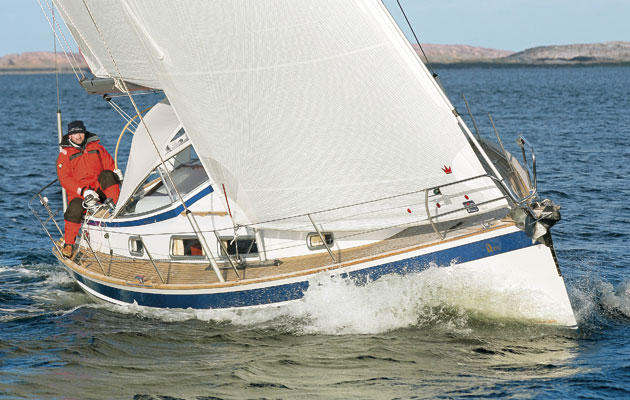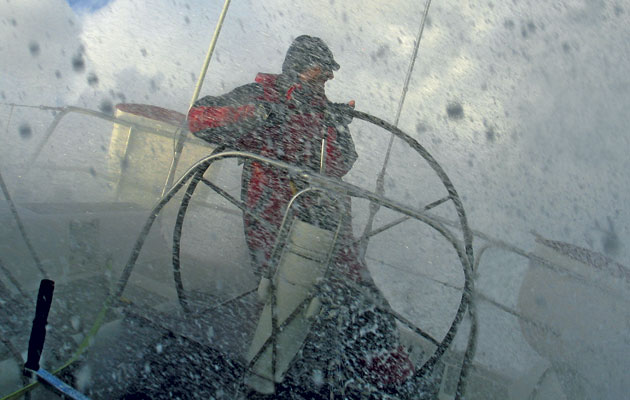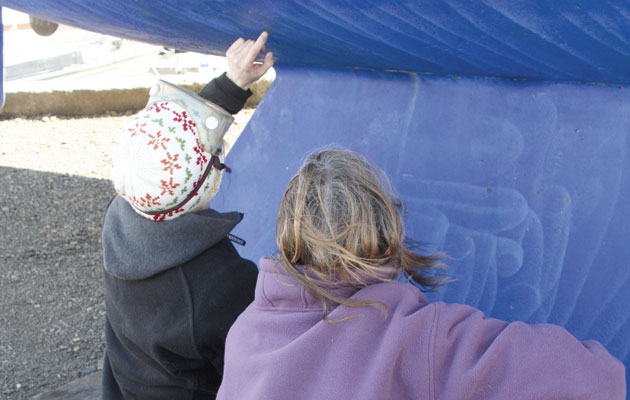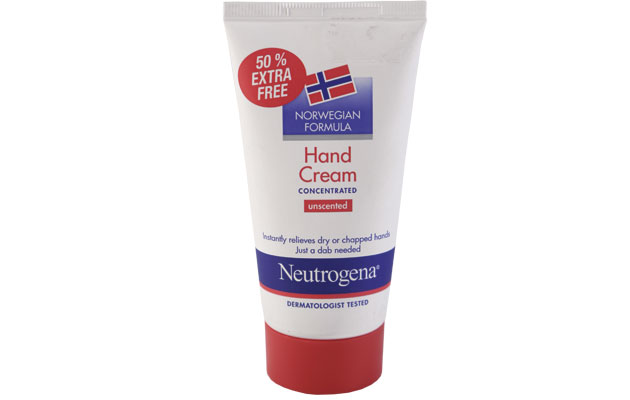Why waste half the year laid up ashore? Rob Peake and Chris Beeson look at kit and ideas to show you how to enjoy winter cruising
How to enjoy winter cruising
How many times have you wished your boat wasn’t laid-up for winter, on those crisp, sunny days when a perfect sailing breeze beckons? Despite recent harsh winters, and the threat of gales, many sailors postpone the annual haul-out to extend their season with a few extra magical cruising days. The bonuses include deserted anchorages and empty visitors’ berths.
1. How much sailing will I do?
Adjust what you’d consider a normal passage. No crew likes sitting on cold decks for hours, so an invigorating blast around the bay can be all you need to put smiles on people’s faces. On passage, heave-to for a warming brew or plan pitstops en route for a cup of soup or a hot meal.
Bear in mind the days are shorter and once the sun goes down, temperatures plummet yet further. Life on deck can become an endurance test. In winter you’re more likely to encounter mists and fog, when radar or AIS could be vital. Make sure you’re up to speed on operating your radar in these conditions.
Finally, never be afraid to nip down below to warm up, or split watches so warming up is enforced.
2. Keeping your boat safe in winter
Check your insurance policy. Many companies insist that yachts on swinging moorings are brought into marinas over the winter. If you stay on a mooring, check it’s been inspected recently. Heavy winds affect marinas too, so double-check mooring lines, cleats and fenders.
Sea water freezes at around -5°C so there’s little chance that your engine’s raw cooling water could turn to ice. However, if you’ve found a sheltered mooring at the head of an estuary, where the water may be more brackish, there is a small chance of this happening. Get aboard regularly to run the engine. In a marina on shore power you can set an electric heater with a thermostat to keep things above freezing.
3. Is it really windier over winter?
Remember that winter air is more dense and the wind strength packs more punch than in summer. You need a sail wardrobe to cope with this and should consider fitting a third reef and carrying a storm jib. The UK’s South Coast averages 0.3 days of gales in the month of August. By November, that has increased to more than two days of gales. The UK’s windiest month, on average, is January, when almost half of all major storms occur. Using averages recorded from 1971 to 2000, the Met Office gives UK average windspeeds as 8.4 knots in summer and 11.4 knots in winter. The average winter wind speed in southern England is 9.7 knots, compared to 14.3 knots in northern Scotland.
4. How to stay warm
We all know about the insulation benefits of layering clothes. Wear a ‘wicking’ top next to the skin, rather than cotton, which remains damp. Then wear a thermal inner layer, a breathable mid-layer and a waterproof outer layer. All major marine clothing manufacturers offer triple layers, or you could try a ski-wear or sports shop. The same can be said for gloves. Some cruisers swear by motorcycle, cycling or even gardening gloves. Up to 70 per cent of body heat is lost through the head – particularly if the thatch isn’t as thick as it used to be – so buy a decent fleecy hat or Balaclava!
5. How can I keep the boat dry?
Fighting damp and condensation is the biggest problem you’ll face onboard all winter. A dehumidifier can stop the problem. There are small dehumidifiers that use silica beads or crystals to absorb water vapour passively, but they often only absorb moisture from a small area. They are suitable for lockers. You’ll need to drain them regularly, particularly before sailing!
If you have 240v onboard, choose either a compressor or desiccant dehumidifier. The former creates an internal surface that is 7-10°C cooler than the cabin. A fan blows the damp air across the surface, water condenses and drains into a tank. However, if the cabin temperature is less than 7°C, which is not unlikely in winter, water freezes onto the cold plate and the process stops while the plate defrosts. A desiccant dehumidifier uses more power but will work regardless of temperature.
Some owners also line cold lockers with carpet to stop items, such as books, becoming wet with condensation. Finally, crew can do a lot to help. Try to hang all foul weather gear in one area in the boat, separate from the saloon or berths.
6. Food for warmth
Good provisions are vital in winter. A chocolate bar, energy bar or sandwich may fill a gap on the go, but with the wind chill factor on the deck, you need something warm too. Ensure frequent hot drinks are passed up to the crew in the cockpit. A thick soup can be made before you set off and kept hot in a flask. You can bulk it up with rice or pasta to make a meal.
Be careful if you stow glass jars or bottles containing liquids, such as wine or jam. If the liquid freezes, the glass can shatter. Higher-alcohol drinks, such as whisky, won’t freeze. One advantage of the cold is that you won’t have to worry about using the fridge. Turn it off to save power and use a cockpit locker instead.
7. How do I heat the boat?
Down below, you’ll need a heater. There are 12v fan heaters, usually built for use in cars, but not up to warming a cabin. If you have 240v onboard, a fan heater will warm the cabin quickly, but within a few minutes of switching it off, it will be cold again.
Bear in mind too that an electric heater that’s up to the job will be rated at around 2kW, which is a heavy draw on your power.
Other options to explore are diesel forced air heaters, made by Webasto and Eberspacher, or gas heaters made by Propex. However, both need fans to circulate the heated air, so again consume a lot of power.
The other option is stove-style heaters. These are highly effective, use little or no electricity and with the right installation can heat a tank of water, too. They run on gas, diesel, paraffin or even solid fuel but they require the fitting of a flue.
While cooking is a great way to heat the cabin, bear in mind that burning 1kg of liquid Butane releases 1.55kg of water and 3kg of CO2. It is essential to ventilate the galley, or else oxygen becomes depleted and instead of producing carbon dioxide, burning gas produces the more deadly carbon monoxide.
Many people enjoy the warm glow from an oil lamp in the evening. These also produce a surprising amount of heat, although not as much as a diesel heater.
Finally, greenhouse heaters create a longer lasting heat but they are better for maintaining a temperature above freezing when the boat is unused in the marina berth.
8. Is your tender big enough
If you’re likely to be going ashore in a dinghy, you might consider switching to a solid tender rather than the inflatable that has seen you through summer. Consider servicing the outboard engine in the autumn and investing in dry bags to ensure you have something dry to put on once ashore.
Cold water is a killer and in the off-season there are fewer people around to help if you get in trouble so wear a lifejacket for any tender ride, but especially in winter.
9. Is osmosis a risk?
Some say GRP boats need to ‘dry out’ over the winter, and that keeping them afloat for 12 months increases the risk of osmosis. Since the 1990s, improved construction methods and the use of isophthalic and epoxy resins have largely eliminated osmosis. For older boats, problems of hull blistering will most likely have been revealed in the first 10 years of the boat’s life
10. How can I expand my living space?
A good cockpit tent makes a massive difference to life onboard. It gives you a second ‘saloon’, doubling the space and offering stunning views across deserted anchorages. Your cockpit tent needs to be easily assembled and designed to exclude those winter draughts. This Najad also had a heater outlet in the cockpit so it was positively balmy.
5 more winter wonders for sailors

A snood, buff or balaclava covers the neck to keep draughts out and can also be pulled over your ears and nose to prevent the ‘Rudolph’ effect
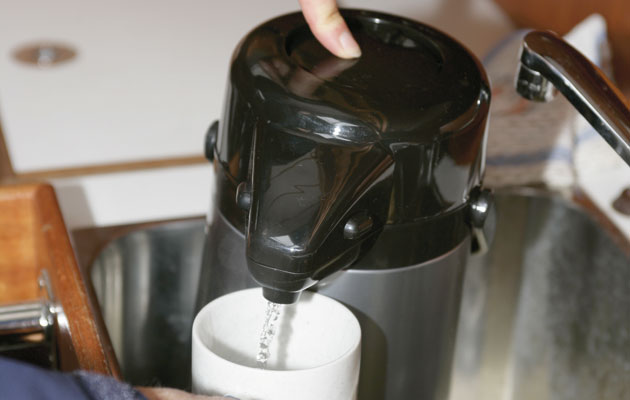
A pump flask means you can have instant hot drinks, rather than waiting for the kettle to boil. It eliminates tricky pouring manoeuvres at an angle
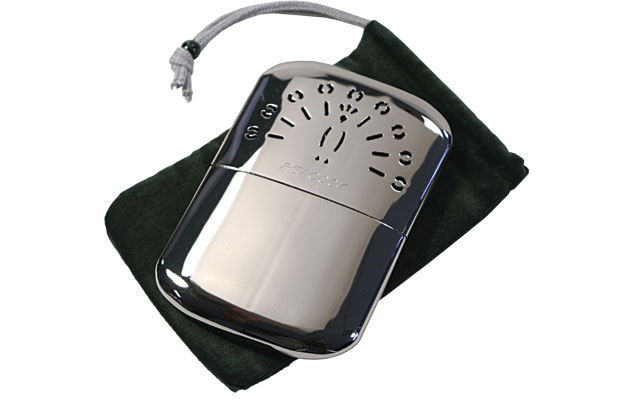
A handwarmer in your glove can be a secret weapon! Various models run on rechargeable chemical and electric fuel, charcoal or LPG




